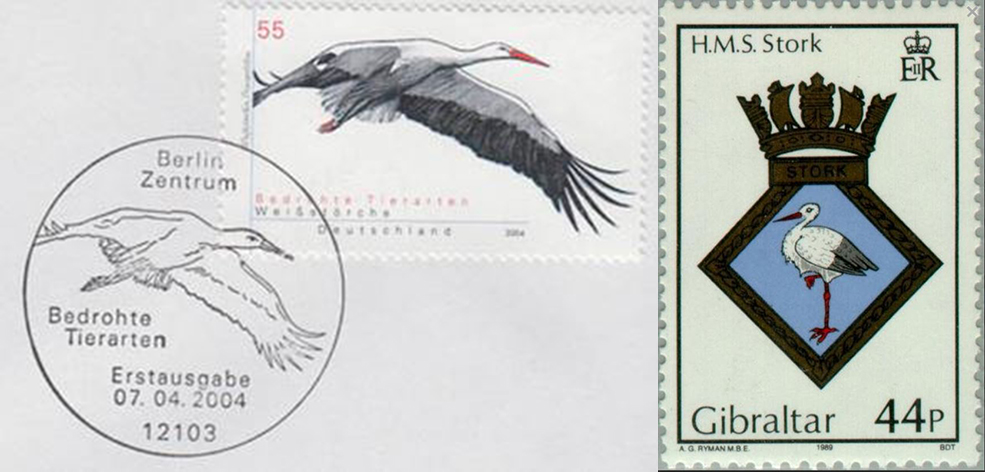
Energy-sapping flight across the Street of Gibraltar
Which television film in recent years has left a real lasting impression on me? A crime thriller, a history documentary, a novel adaptation? No, none of the above. It is a Terra-X documentary in which, among other things, the journey of the young stork Borni from Rhineland-Palatinate to its winter quarters in Africa is shown. Breathtaking pictures, the exhausting flight across the Street of Gibraltar…. One feels with… It is worth watching this film.
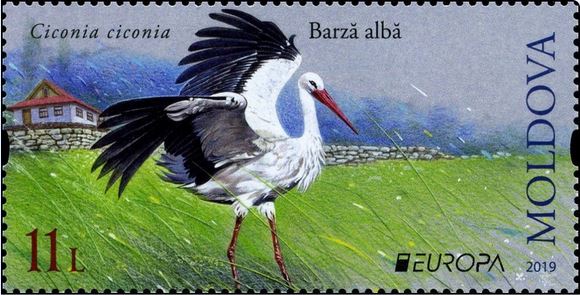
Stork on a meadow
And at present I am reminded again and again of this film, if I am on the way in the upper Rhine level. One sees again storks on freshly mown meadows looking for food. A picture I knew only from my childhood. Thank God, however, the stork population in Germany has recovered. My “childish” impression can also be proven by numbers:
The white stork was formerly a common breeding and summer bird throughout Central Europe. In the course of industrialization, however, there were large population declines. The reasons probably include the draining of wetlands, the conversion of meadows into fields, and power surges from overhead power lines (cf. Bird Strike). In particular, populations of westward migrating White Storks have collapsed in some cases to local remnant populations. In 1950, for example, not a single pair of storks was breeding in Switzerland. In Germany, the population declined from 9000 breeding pairs in 1934 (first count) to about 3000 in 1988. In 2017, however, there were 6500 again, so the population trend is on a good path.
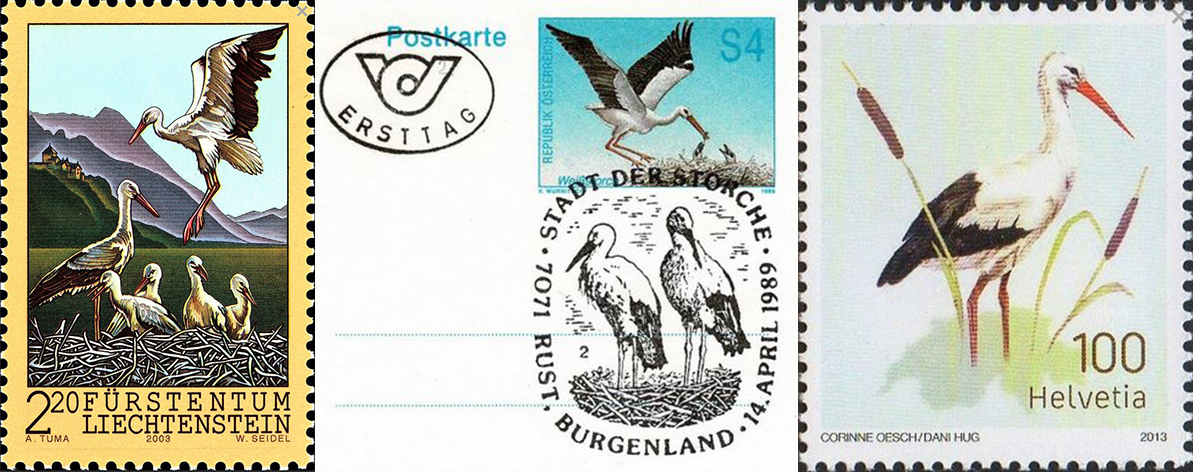
Also in Liechtenstein, Austria and Switzerland, the populations of white storks declined dramatically until the beginning of the 21st century.
And there is something else special concerning the “German storks”. If the majority of the German storks was resident in the East German countries, there was in the last years a shift to the West German countries. The reason for this could be that the western storks hardly migrate to Africa anymore, but spend the winter on the Iberian Peninsula, which is warm enough there by now. For the shorter migration distance they must spend less strength, the dangers and losses are clearly smaller (no flight over the Strait of Gibraltar, like young stork Borni still made it) than on the long distance of the east storks, which leads partly up to South Africa. The exact routes were originally determined by means of bird ringing, today by the possibility of providing the storks with transmitters.
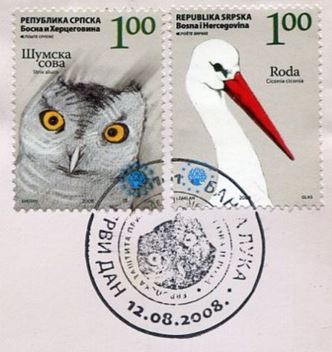
Owls hear well – storks apparently smell well, ….
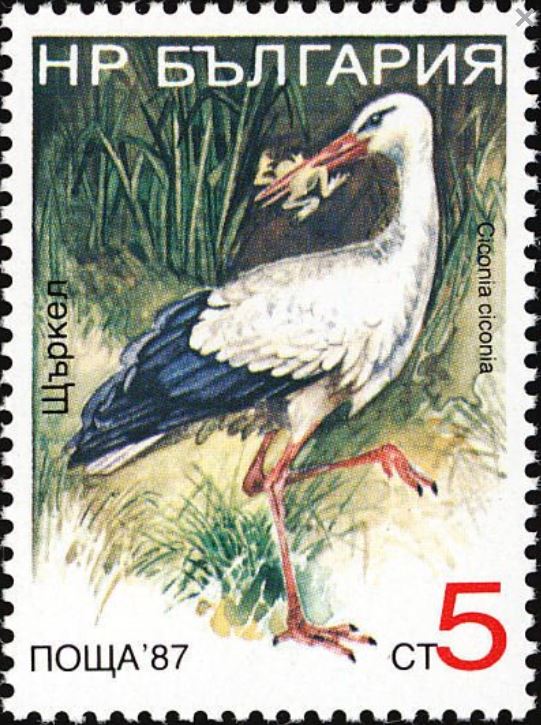
… to find freshly mowed meadows with easy prey.
And another of my childhood questions about storks has just been scientifically answered. How do the storks always find the freshly mowed meadows? That birds can see well (eagles), hear well (owls), I knew. But that now birds also smell well? In fact, a team of researchers from the Max Planck Institute for Behavioral Biology in Radolfzell has just discovered that storks can smell freshly mown grass, or more precisely three so-called leaf scents, over long distances. So the picture known to me is also explainable that already during the mowing storks appear within minutes next to the tractors. Namely, the white storks feed on snails, frogs and small rodents that find shelter in high meadows. If these meadows are mowed, the small animals are easy prey. And there it is of course an advantage to quickly “smell” where they are mowing. One day later, the stork’s prey has already sought other hiding places.
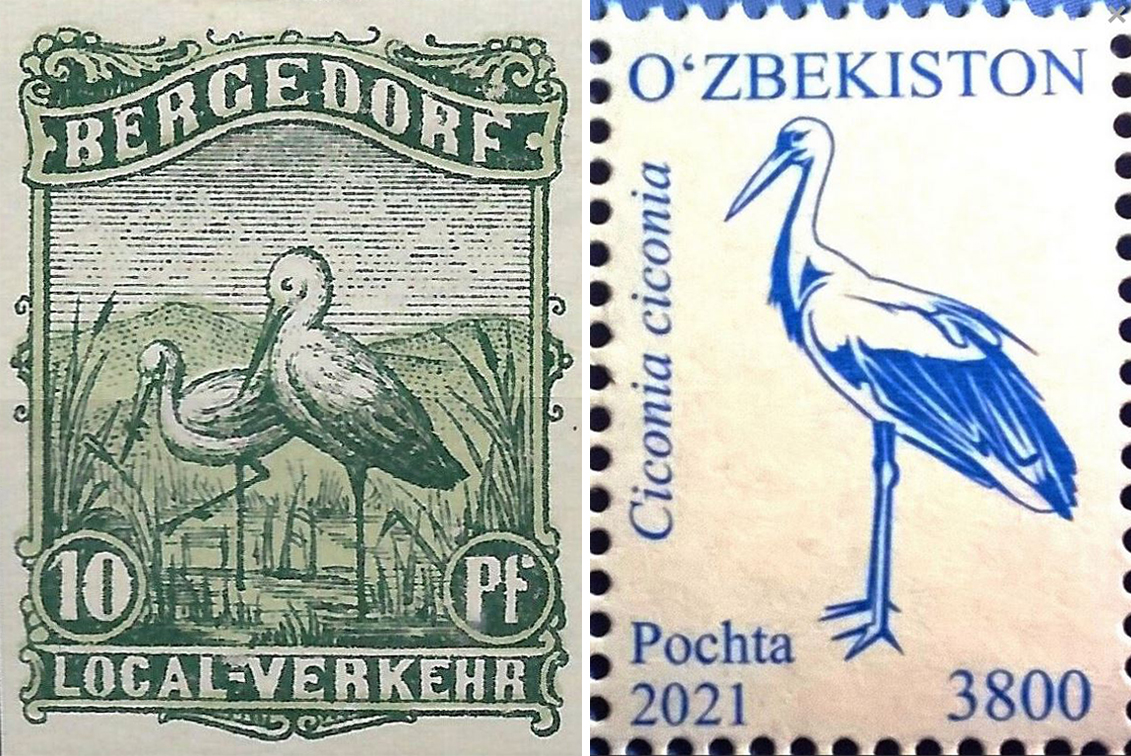
Oldest and youngest stamp with stork motif (private mail 1887 – Uzbekistan 2021) that I found
PS: the selection of philatelic covers for this article was quite difficult, since e.g. on www.colnect.com alone 571 stamps are named on the subject of storks.
